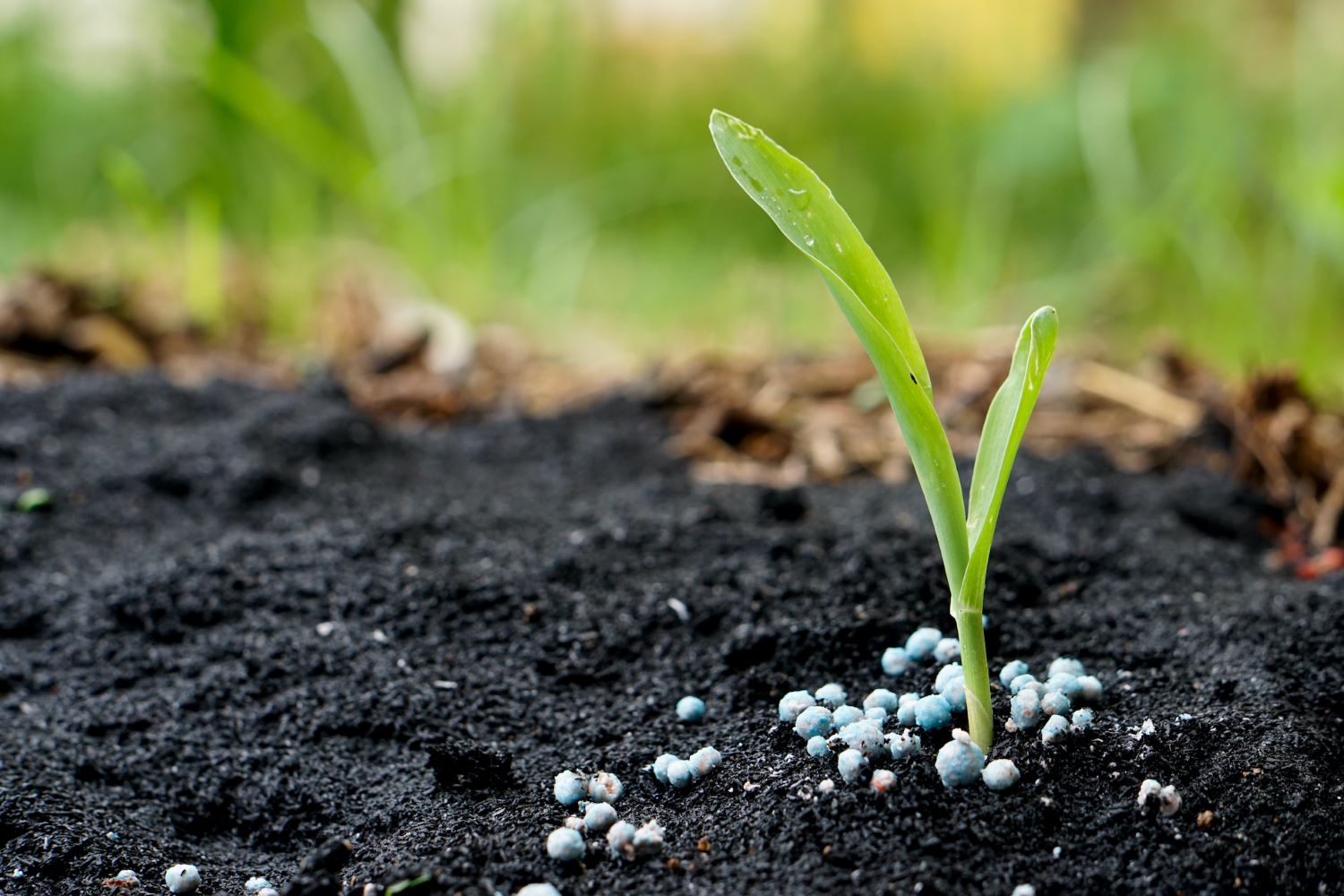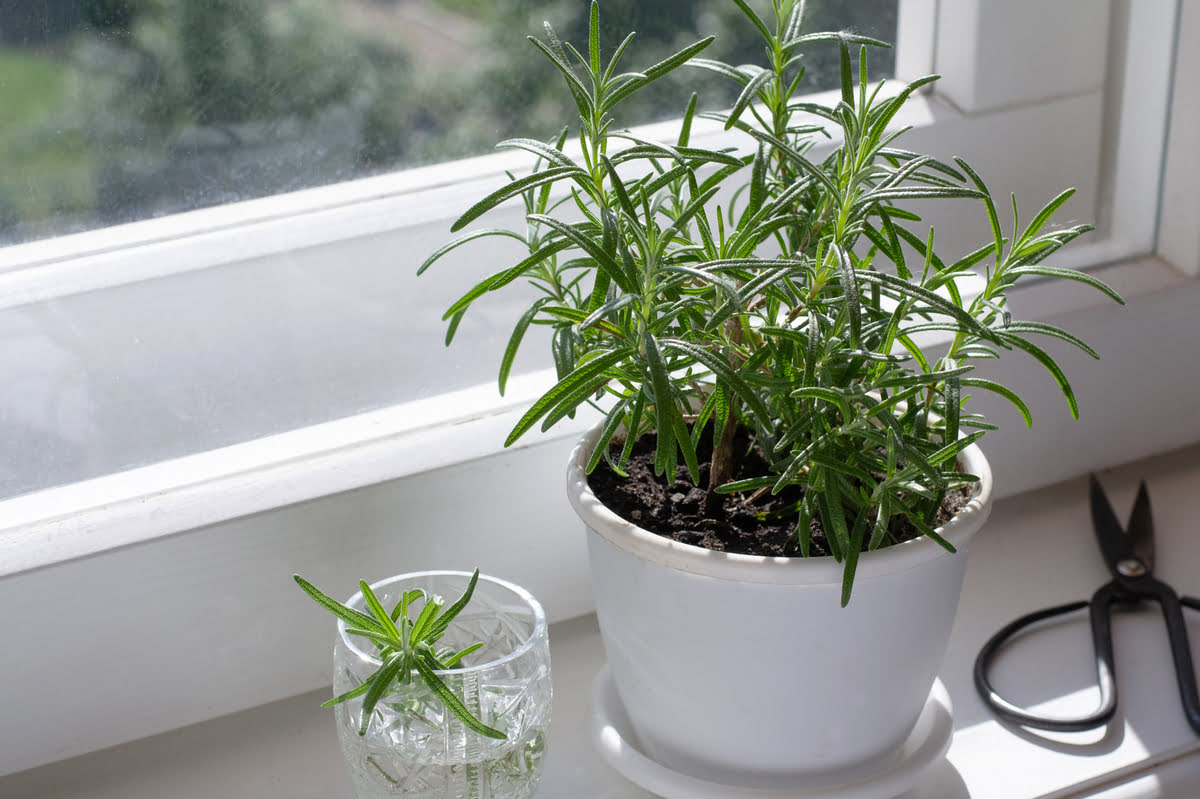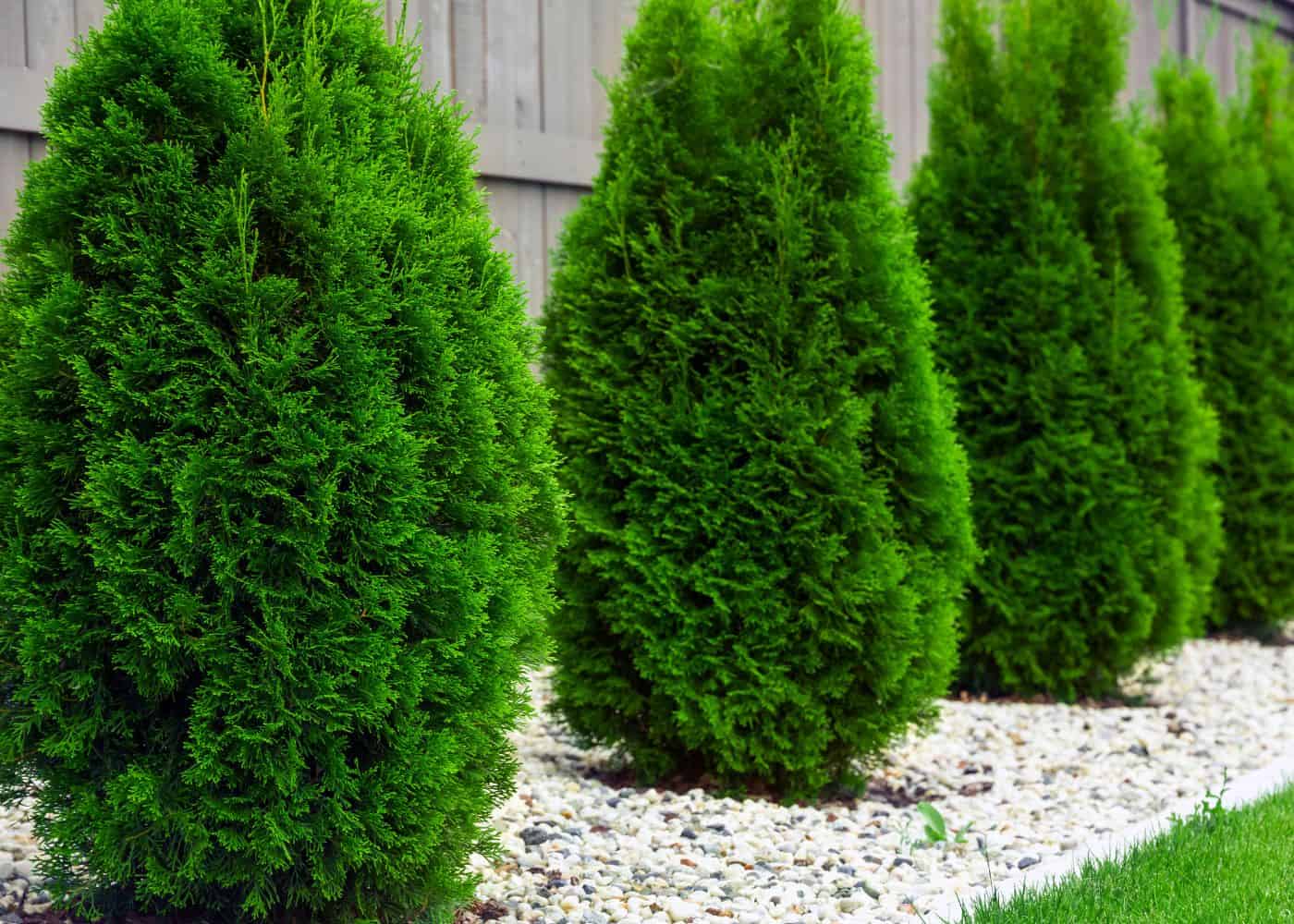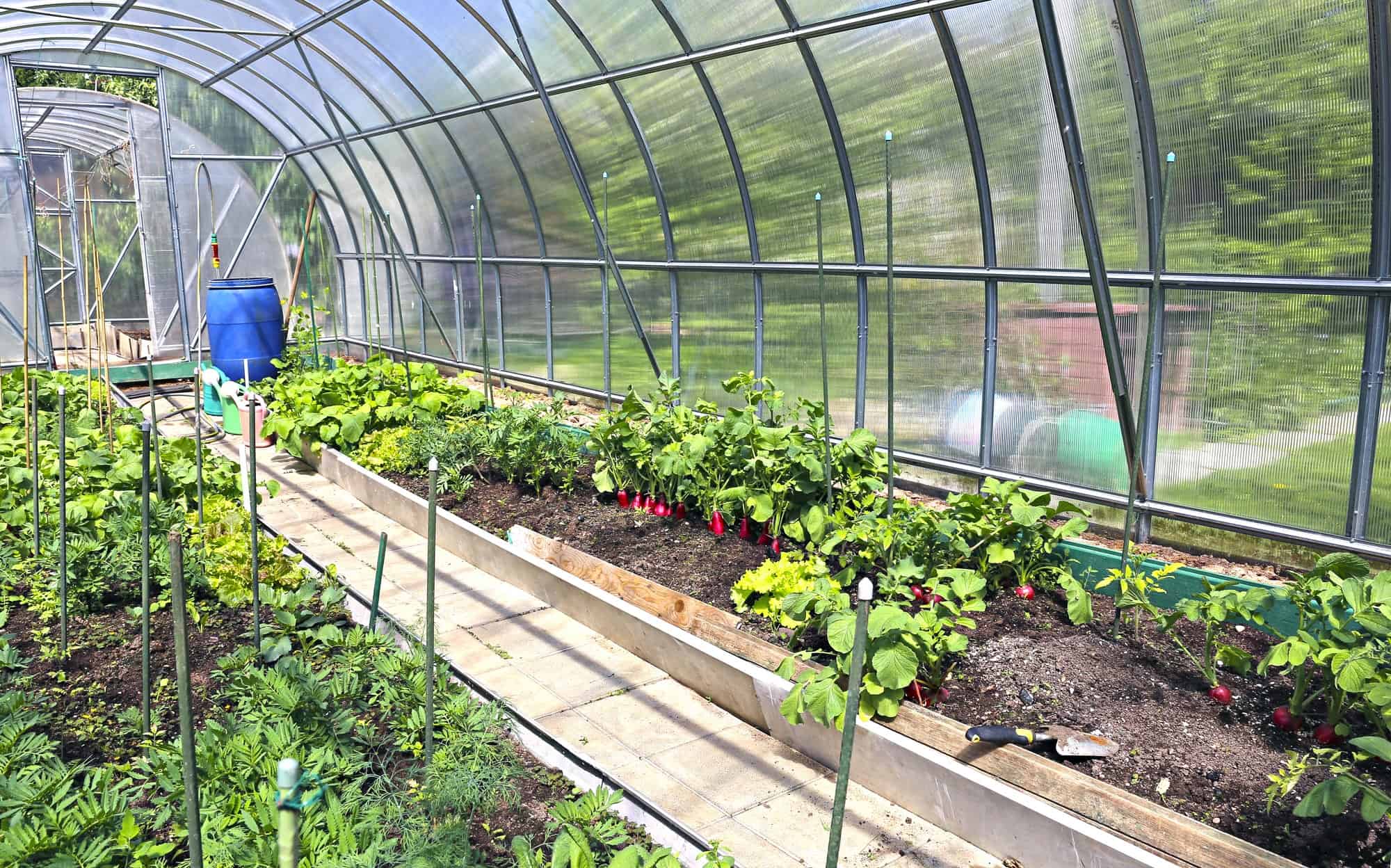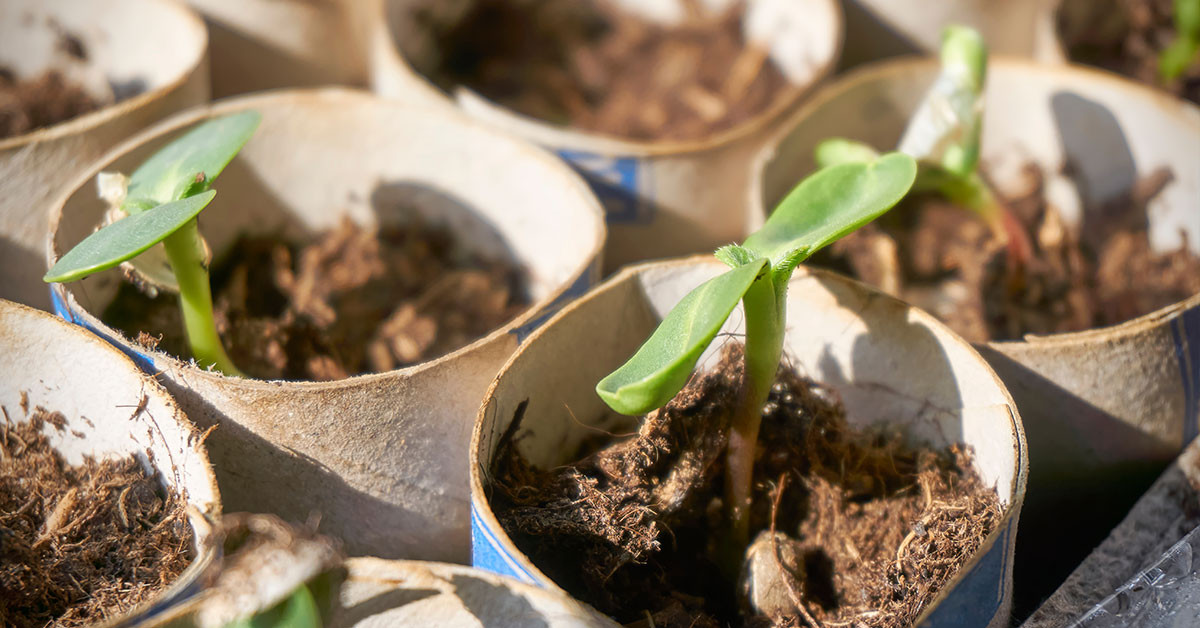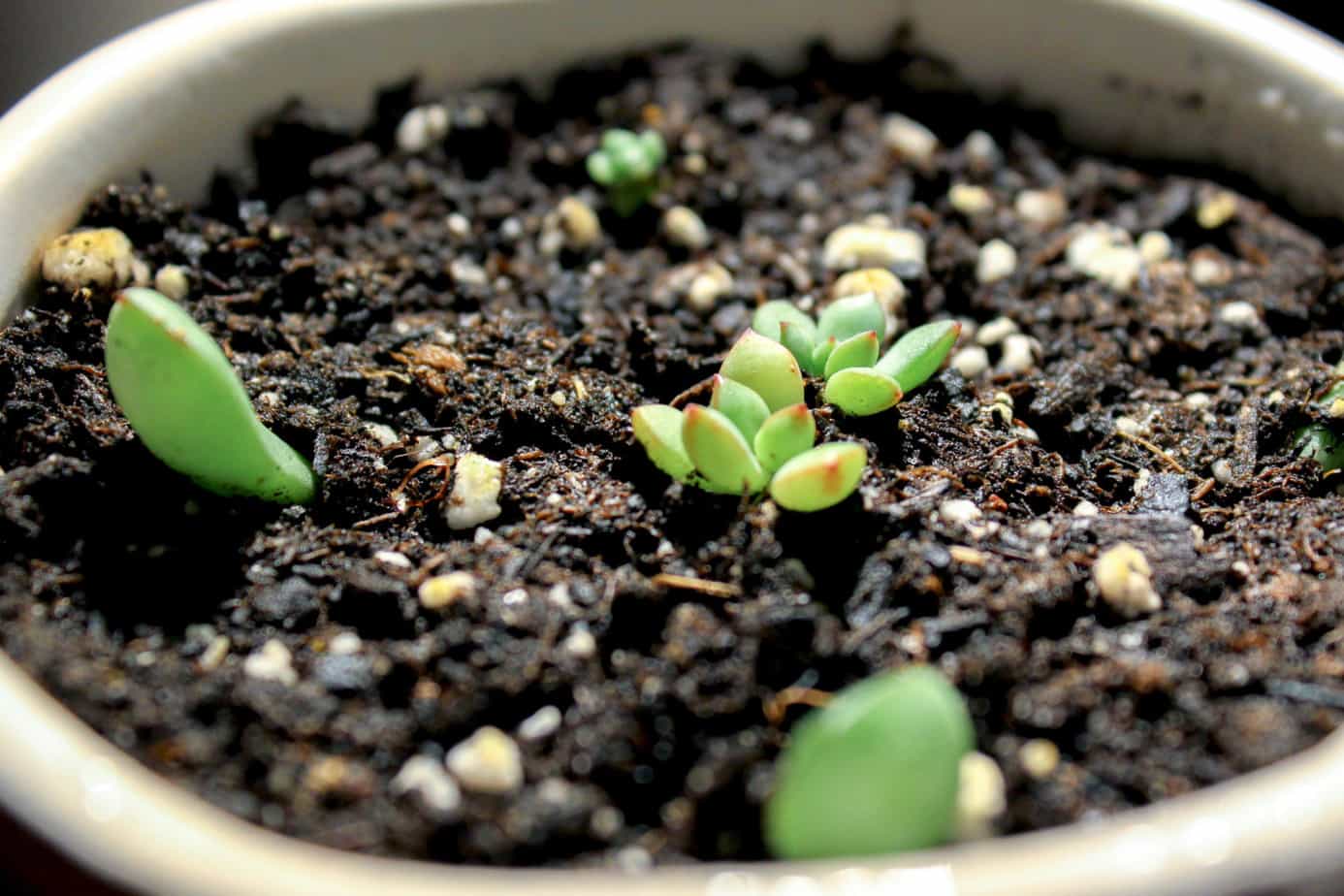Home>Gardening Tips and Tricks>Eco-Friendly Gardening>How Long Does It Take To Compost Leaves
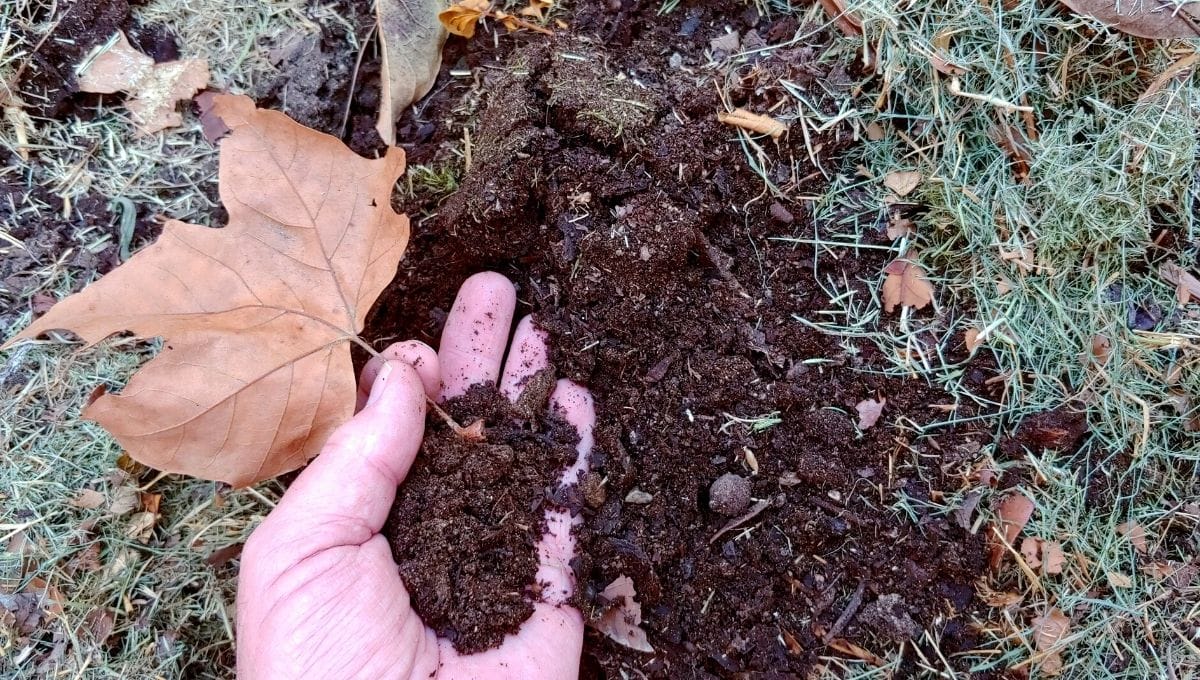

Eco-Friendly Gardening
How Long Does It Take To Compost Leaves
Modified: January 22, 2024
Learn how long it takes to compost leaves and embrace eco-friendly gardening practices to create nutrient-rich soil for your garden.
(Many of the links in this article redirect to a specific reviewed product. Your purchase of these products through affiliate links helps to generate commission for Chicagolandgardening.com, at no extra cost. Learn more)
Table of Contents
Introduction
Welcome to the fascinating world of eco-friendly gardening! If you’re someone who is passionate about creating a sustainable and environmentally friendly garden, then you have come to the right place. In this article, we will delve into the art of composting leaves, a crucial practice that promotes recycling and nourishes the soil in your garden.
Composting leaves is not only beneficial for the environment but also for your plants. By transforming organic waste into nutrient-rich compost, you can enrich the soil, improve its structure, and provide essential minerals for plant growth. Additionally, composting leaves can help reduce landfill waste and minimize the need for chemical fertilizers.
Whether you are a seasoned gardener or just starting on your green journey, understanding the composting process for leaves is essential. In this comprehensive guide, we will explore the factors that affect composting time, various composting techniques, and how to monitor the process to ensure successful decomposition.
Composting leaves may seem like a daunting task at first, but with the right knowledge and techniques, it can be a rewarding experience. We will provide you with all the information you need to get started and troubleshoot common issues that may arise along the way.
So, join us as we embark on this eco-friendly adventure! Let’s dig deep into the world of composting leaves and discover the wonders it can bring to your garden.
Understanding Composting Leaves
Composting leaves involves harnessing the power of nature to break down organic matter into a nutrient-rich soil amendment. Leaves are a valuable source of carbon and other essential nutrients that plants need for healthy growth. However, leaves on their own can take a considerable amount of time to decompose naturally.
The process of composting leaves is all about creating the ideal conditions for microbial activity to thrive. Microbes, including bacteria and fungi, break down the organic matter and convert it into humus, a stable and nutrient-rich soil component.
Before you start composting leaves, it’s important to understand the carbon-to-nitrogen ratio, also known as the C:N ratio. Leaves are considered a high-carbon or “browns” material. To ensure proper decomposition, it’s recommended to balance the carbon-rich leaves with nitrogen-rich or “greens” materials, such as grass clippings or kitchen scraps.
Aim for a C:N ratio of about 30:1 to 40:1 to optimize the decomposition process. This balance allows the microbes to efficiently break down the leaves and create a well-balanced compost that is beneficial for plants.
In addition to the C:N ratio, moisture and oxygen are crucial for successful leaf composting. The ideal moisture content should be similar to a well-squeezed sponge. Proper aeration is essential to maintain aerobic composting conditions, as anaerobic decomposition can result in unpleasant odors and slow down the process.
Understanding the science behind composting leaves will help you create the perfect environment for decomposition. In the next section, we will explore the various factors that can affect the composting process and how to optimize them for efficient and timely decomposition of leaves.
Factors Affecting Composting Time
Several factors can influence the time it takes for leaves to fully decompose into nutrient-rich compost. Understanding these factors will help you optimize the composting process and achieve faster results. Let’s explore some of the key factors affecting composting time.
Leaf Size and Thickness: Larger leaves or leaves with a thick texture may take longer to break down compared to smaller, thinner leaves. Shredding or finely chopping the leaves can speed up decomposition by increasing the surface area for microbial activity.
Carbon-to-Nitrogen Ratio: As mentioned earlier, maintaining a proper C:N ratio is crucial for efficient decomposition. If the ratio is too high in carbon, like when using a large amount of leaves, the process may be slow. Adding nitrogen-rich materials like grass clippings or composted manure can help balance the C:N ratio and speed up decomposition.
Moisture Level: Adequate moisture is essential for microbial activity. Leaves should be moist, similar to a well-squeezed sponge. If the pile becomes too dry, decomposition slows down. Watering the pile periodically or covering it during rain can help maintain the right moisture level.
Aeration: Oxygen is necessary for aerobic decomposition, where beneficial bacteria thrive. A lack of oxygen can lead to anaerobic decomposition, which produces foul odors. Turning the compost pile regularly or using a compost aerator can ensure proper aeration and promote faster decomposition.
Temperature: Microbial activity in composting leaves is most active within a specific temperature range. Generally, a temperature between 120-170°F (49-77°C) is ideal for decomposition. You can monitor the temperature using a compost thermometer and adjust the materials and aeration as needed to maintain optimal conditions.
Presence of Microorganisms: The presence of beneficial microbes in your compost pile is essential for efficient decomposition. Introducing compost starter or adding finished compost can help inoculate the pile with these valuable microorganisms and speed up the decomposition process.
By understanding and optimizing these factors, you can significantly reduce the composting time for leaves and produce high-quality compost more quickly. In the next section, we will explore various composting techniques that you can employ to further enhance the process.
Composting Techniques for Leaves
Composting leaves can be done using various techniques, ranging from simple pile composting to more advanced methods. Choosing the right technique depends on the amount of leaves you have, available space, and personal preference. Let’s explore some popular composting techniques for leaves:
- Pile Composting: This is the most basic and common method of composting leaves. Simply create a pile of leaves in a designated composting area in your garden. It’s best to alternate layers of leaves with layers of nitrogen-rich materials like grass clippings or kitchen scraps. Turn the pile regularly to ensure proper aeration and decomposition.
- Using Compost Bins: Compost bins are a great option for neat and contained composting of leaves. There are various types of compost bins available, such as plastic bins, wire mesh bins, or wooden bins. These bins provide structure and help retain heat and moisture, promoting faster decomposition.
- Sheet Composting: This technique involves spreading a thick layer of leaves directly onto the garden beds or vegetable patches. Over time, the leaves will break down and become incorporated into the soil. This method is particularly useful for improving the soil structure and enhancing moisture retention.
- Vermicomposting: Vermicomposting is the process of using worms, such as red wigglers, to break down organic waste, including leaves. Simply create a vermicompost bin, add a bedding material like shredded newspaper, and introduce the worms. They will consume the leaves and convert them into nutrient-rich castings, also known as worm compost.
- Trench Composting: This method involves digging a trench or pit in your garden and filling it with layers of leaves and other organic materials. As the materials decompose, you can add more layers. This technique is especially useful for enriching specific planting areas and improving soil fertility.
Regardless of the composting technique you choose, remember to maintain the optimal carbon-to-nitrogen ratio, moisture level, and aeration for efficient decomposition. Regularly turning the compost pile or mixing the materials helps distribute the heat and promote uniform decomposition. Additionally, monitoring the temperature and moisture content provides valuable insights into the progress of the composting process.
Experiment with different techniques and find the one that suits your gardening style and available resources. With the right composting technique, you can transform your leaves into valuable organic matter that will nourish your plants and contribute to a healthier garden ecosystem.
Monitoring the Composting Process
Monitoring the composting process is essential to ensure that the leaves are decomposing effectively and to make necessary adjustments to optimize the process. By observing and tracking certain factors, you can gauge the progress and overall health of your compost pile. Here are some key aspects to monitor:
Temperature: Monitoring the temperature of your compost pile provides valuable information about microbial activity. A compost thermometer can help you measure the temperature at various depths. Typically, the temperature will rise initially as the composting process begins and then gradually decrease as it nears completion. Adjustments to the pile, such as turning or adding more materials, can be made based on temperature readings.
Moisture Level: Regularly checking the moisture level of your compost pile is vital. Use your hand or a moisture meter to assess whether the pile is adequately moist. It should feel like a damp sponge. If the pile becomes too dry, add water to maintain the moisture content. On the other hand, if it becomes too wet, you may need to adjust aeration or add more dry carbon-rich materials to balance out the moisture.
Aeration: Proper aeration is crucial for aerobic decomposition, where beneficial microorganisms thrive. Monitor the air circulation within the pile and assess whether it needs turning or mixing to introduce more oxygen. A compost pile that lacks aeration may emit foul odors, indicating anaerobic conditions. Regularly turning the pile can help maintain optimal aeration and promote faster decomposition.
Compost Texture and Color: Observing the texture and color of your compost can also provide insights into the progress of decomposition. Well-decomposed compost should have a dark, crumbly texture and an earthy smell. If you notice any unpleasant odors or the compost appears slimy, gooey, or has visible mold, it may indicate an imbalance in the composting process. Adjustments can be made by adding more carbon-rich or nitrogen-rich materials to restore the balance.
Composting Time: Keep track of the time it takes for your leaves to fully decompose into compost. This information can help you gauge the effectiveness of your composting methods and make improvements for future batches. Note that composting time can vary depending on factors such as leaf type, composting technique, and environmental conditions.
By regularly monitoring these aspects of the composting process, you can ensure that your leaves are being effectively transformed into nutrient-rich compost. Adjustments can be made as needed to optimize the decomposition process and achieve faster results. With a watchful eye and some experimentation, you’ll be well on your way to producing high-quality compost for your eco-friendly garden.
Troubleshooting Common Issues
Composting leaves may occasionally present some challenges that can slow down the process or result in undesirable outcomes. Understanding and troubleshooting these common issues will help you overcome them and maintain an efficient and successful composting system. Here are some common problems and solutions:
Slow Decomposition: If your leaves are taking longer than expected to decompose, it may indicate an imbalance in the carbon-to-nitrogen ratio or inadequate moisture and aeration. To accelerate decomposition, add nitrogen-rich materials like grass clippings or kitchen scraps to balance the ratio. Ensure the pile is adequately moist, and turn it regularly to provide oxygen and distribute heat.
Unpleasant Odors: Foul odors, such as a rotten egg smell, indicate anaerobic decomposition, caused by a lack of oxygen. Increase aeration by turning the pile more frequently or adding bulky, coarse materials like twigs or shredded cardboard to create airflow. Avoid adding materials that are too wet or compacted, as they can lead to anaerobic conditions.
Pest Infestations: In some cases, compost piles may attract pests, such as rodents or flies. To deter pests, avoid adding food scraps that can attract them. Cover the pile with a thick layer of dry leaves, straw, or a compost cover. If pests persist, consider using a secure compost bin or adding a layer of wire mesh at the bottom of the pile to prevent access.
Excessive Moisture: If your compost pile becomes too wet, it can lead to slow decomposition and foul odors. In such cases, add dry, carbon-rich materials like shredded leaves or wood chips to absorb excess moisture. Turning the pile can also help promote evaporation. Ensure proper drainage in your composting area to prevent waterlogging.
Insufficient Moisture: On the other hand, if your compost pile becomes too dry, decomposition can slow down. Water the pile with a sprinkler or hose to increase moisture levels. Be careful not to overwater, as this can lead to anaerobic conditions and foul odors. Covering the pile during rain or using a tarp can help retain moisture.
Presence of Weed Seeds or Plant Diseases: Some leaves may contain weed seeds or plant diseases. To minimize the spread of weed seeds, avoid adding mature seed heads to the compost pile. Properly managing temperatures through regular turning can help kill weed seeds and pathogens. If you suspect the presence of plant diseases, it’s best to avoid composting the infected leaves to prevent further spread.
By troubleshooting common issues and making necessary adjustments, you can overcome challenges and maintain a healthy composting process. Experiment with different techniques and observe the changes to find the most effective solutions for your specific situation. With time and experience, you’ll become adept at troubleshooting and creating ideal conditions for composting leaves.
Harvesting and Using Compost
Once your leaves have fully decomposed into rich, dark compost, it’s time to harvest and put this valuable resource to use in your garden. Harvesting compost is a rewarding process that allows you to reap the benefits of your hard work. Here’s how you can harvest and utilize your compost:
Harvesting: When your compost is ready, it will have a crumbly texture, a dark color, and an earthy smell. Start by removing any undecomposed materials, such as twigs or large chunks. You can sift the compost through a mesh screen or use a compost tumbler to separate the finished compost from any unfinished materials. The harvested compost can be stored in bins or used immediately in your garden.
Application: Compost can be used in various ways to improve and enhance your garden. Spread a thin layer of compost around your plants as a top dressing, providing a slow release of nutrients over time. Incorporate compost into the soil when planting new plants or as part of regular soil preparation. It can also be used to create compost tea by steeping compost in water and using the liquid as a nutrient-rich foliar spray.
Soil Amendment: Mixing compost into your garden soil improves its structure, enriches it with essential nutrients, and enhances its moisture- and nutrient-holding capacity. This improves plant health, root development, and overall garden productivity. Work the compost into the top few inches of soil or use it as a mulch around established plants.
Container Gardening: Compost is particularly beneficial for container gardening. Mix compost with potting soil or use it as a top dressing in pots and containers. The organic matter and nutrients in compost help promote healthy plant growth and retain moisture in these confined spaces.
Composting Amendments: If you continue to compost leaves or other organic materials, a small amount of finished compost can be used as a compost starter or amendment. Adding mature compost to new compost piles can introduce beneficial microorganisms and help speed up the decomposition process.
Environmental Benefits: Using compost in your garden not only improves soil health but also contributes to environmental sustainability. Compost helps divert organic waste from landfills, reducing greenhouse gas emissions. It also reduces the need for synthetic fertilizers and pesticides, promoting a healthier, more eco-friendly garden ecosystem.
By harvesting and utilizing your compost, you close the loop in the natural cycle of organic matter and contribute to the health and vibrancy of your garden. So, don’t let your hard-earned compost go to waste—put it to work and enjoy the benefits it brings to your plants and the environment!
Conclusion
Congratulations! You have now embarked on a journey to become an eco-friendly gardening enthusiast with a deep understanding of composting leaves. By harnessing the power of decomposition, you can transform organic waste into nutrient-rich compost that fuels the growth and vitality of your garden.
In this comprehensive guide, we explored the process of composting leaves, from understanding the carbon-to-nitrogen ratio to monitoring and troubleshooting common issues. We learned about various composting techniques, such as pile composting, vermicomposting, and sheet composting, and how they can be tailored to suit your needs and resources.
By monitoring key factors like temperature, moisture, and aeration, you can create the optimal conditions for efficient decomposition. Troubleshooting common issues like slow decomposition or unpleasant odors enables you to make necessary adjustments and ensure a healthy composting process.
Once your leaves have transformed into rich, dark compost, you can harvest and use it to improve your garden in numerous ways. Whether it’s as a soil amendment, a top dressing, or a component of container gardening, compost enriches the soil, increases its fertility, and promotes healthy plant growth. Plus, by composting leaves instead of sending them to the landfill, you contribute to a more sustainable and environmentally friendly lifestyle.
Now that you have the knowledge and tools to compost leaves effectively, it’s time to put your newfound skills to practice. Experiment, observe, and adjust as you embark on your composting journey. Remember, each compost pile is a unique ecosystem, and with time and experience, you’ll become adept at harnessing its transformative power.
So, roll up your sleeves and start composting those leaves. Your garden will thank you with flourishing plants, vibrant blooms, and a healthier, more sustainable environment.

